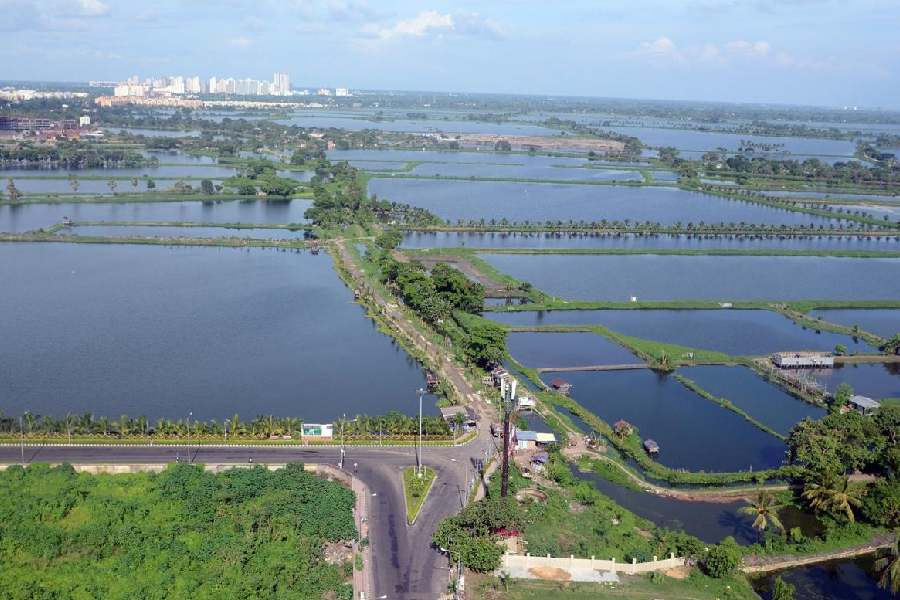 |
| A man prepares an opium pipe. Picture by Samir. K. Purkayastha |
It is a “heady” legacy left behind by the British — its effect spanning several generations of tribes living on some of the most inhospitable terrain on both sides of the international boundary demarcating India and Myanmar.
Addiction to opium, or kani in local parlance, continued to cripple countless illiterate villagers along the Indo-Myanmar border despite efforts by the Indian government to wean away the people from the fixation.
Insurgent outfits, which have their bases and operate along the border, claim to have led the tirade against opium “without much success”.
The reason for the largescale opium addiction is not far to seek. The area is close to the infamous “Golden Triangle” that accounts for the world’s largest share of narcotics.
At the NSCN (Khaplang) Council headquarters in the jungles of Tenup Tephak Joku valley in Myanmar, members of the outfit said they carry out “operations” to destroy opium and poppy plantations. “However, it is not easy to cut off supply,” a young cadre told The Telegraph.
It is believed that the British encouraged cultivation of poppy — the plant from which opium is extracted, to “tame the hostile” Naga tribes living in the region.
“It was done to keep the Nagas away from head-hunting. Slowly, the Nagas got hooked to opium introduced by the British,” a Pangmei Naga said. During the Raj, the government even earned revenue from the “licensed opium retailers”.
There were visible signs of the addiction and its resultant toll on the locals at New Salang village in Arunachal Pradesh where an ageing father of eight prepared for his first shot of the day at the call of the rooster in the morning. “I take it twice a day — in the morning and evening — and spend Rs 50 to 60 per day,” he said, his watery eyes revealing his addiction.
Opium is extracted from poppy seeds, which are soaked in a cloth tied to the plant overnight. When the opium-soaked cloth is boiled, the water turns brownish and becomes a viscous liquid. The liquid is then applied like a paste on small pieces of banana leaf, which are put into smoking pipes made of bamboo. The entire process of preparing opium is called la pa in local Naga dialect.
The addiction runs deep in society. An old labourer at a road construction site puffed away his daily wage, his household expenses being taken care of by paddy and other vegetables the family grows on a small plot of land. “Once he started working on the road project, he has not asked for money. Earlier, it was worse. We had to bear the expenses from whatever little we used to get by selling vegetables,” his wife lamented.
An NSCN(K) cadre had an answer to the largescale drug abuse. “Opium provides them relief from their miserable existence. Though it is mostly grown in Myanmar, it has a ready market in the border areas in India,” he said.
Not only adults, even youngsters are addicted to opium in these areas. Beady-eyed villagers peer at visitors, their vision blurred by puffs of opium smoke.
To be concluded










